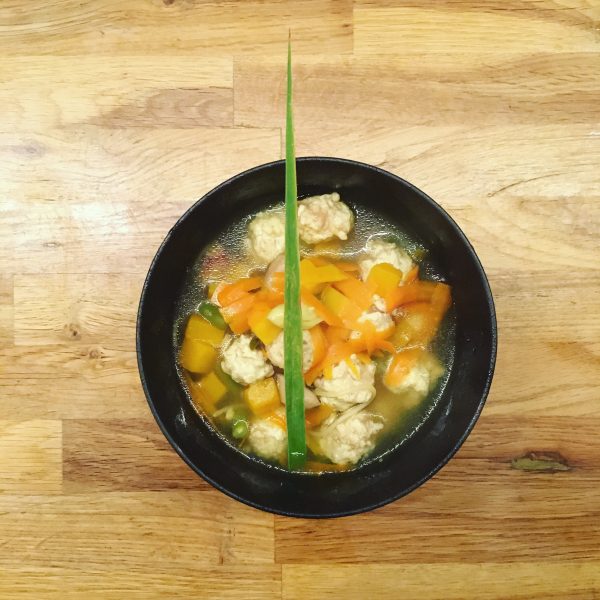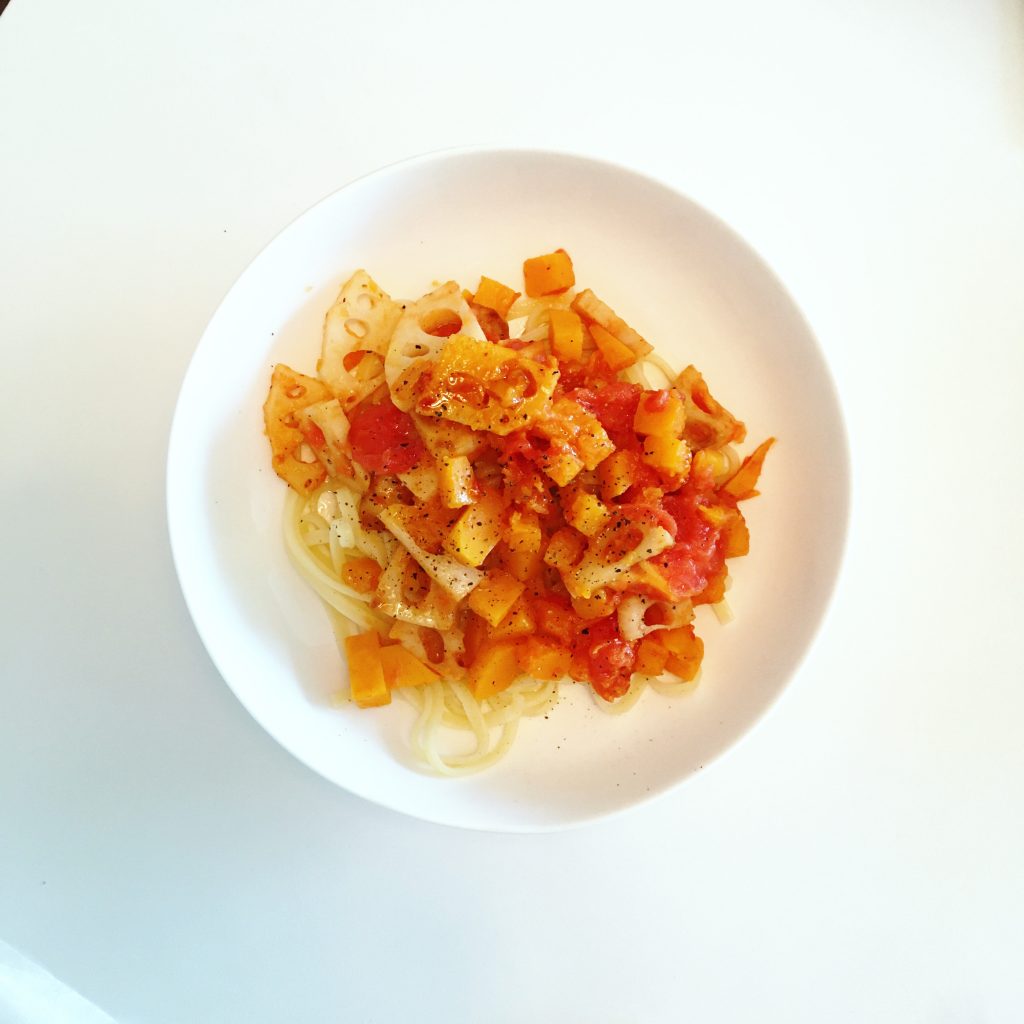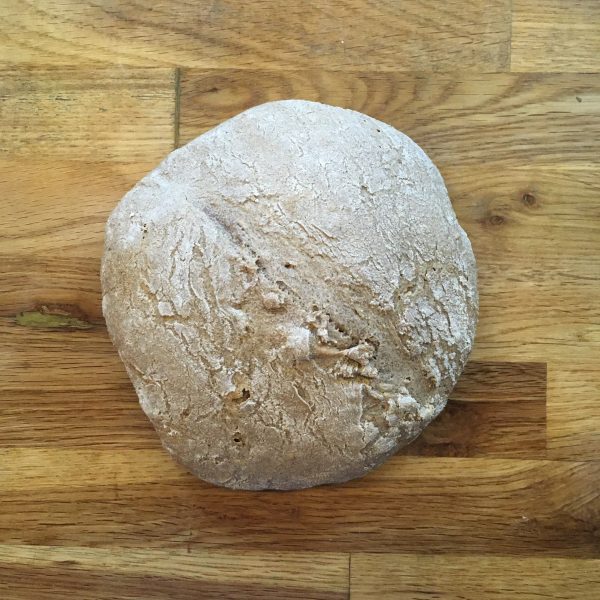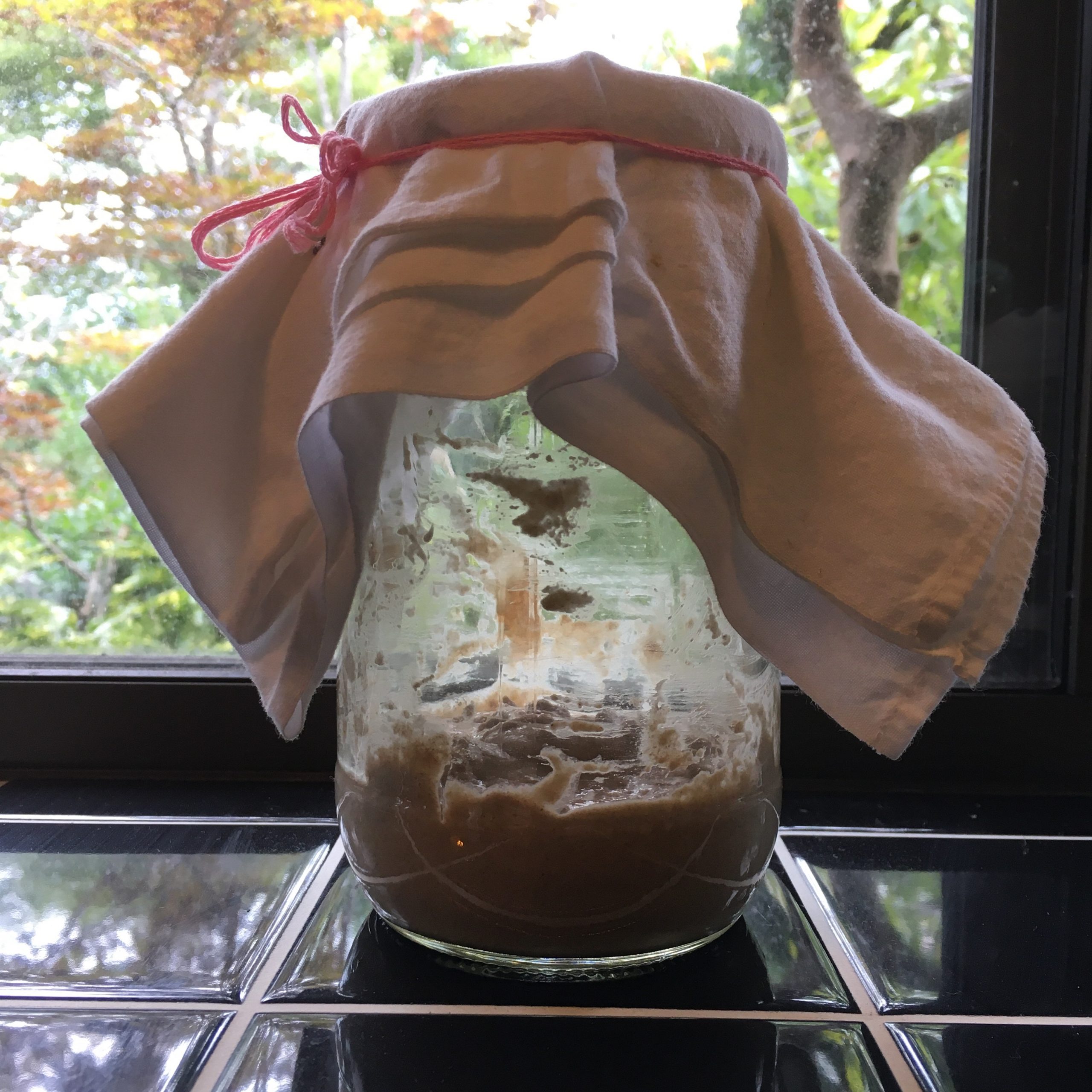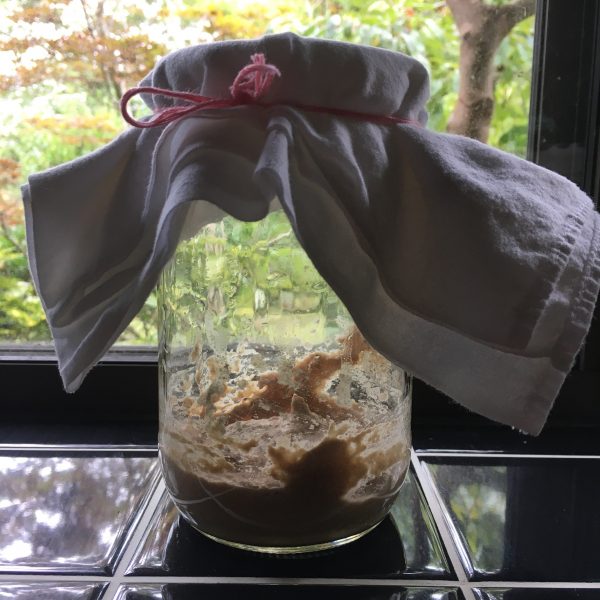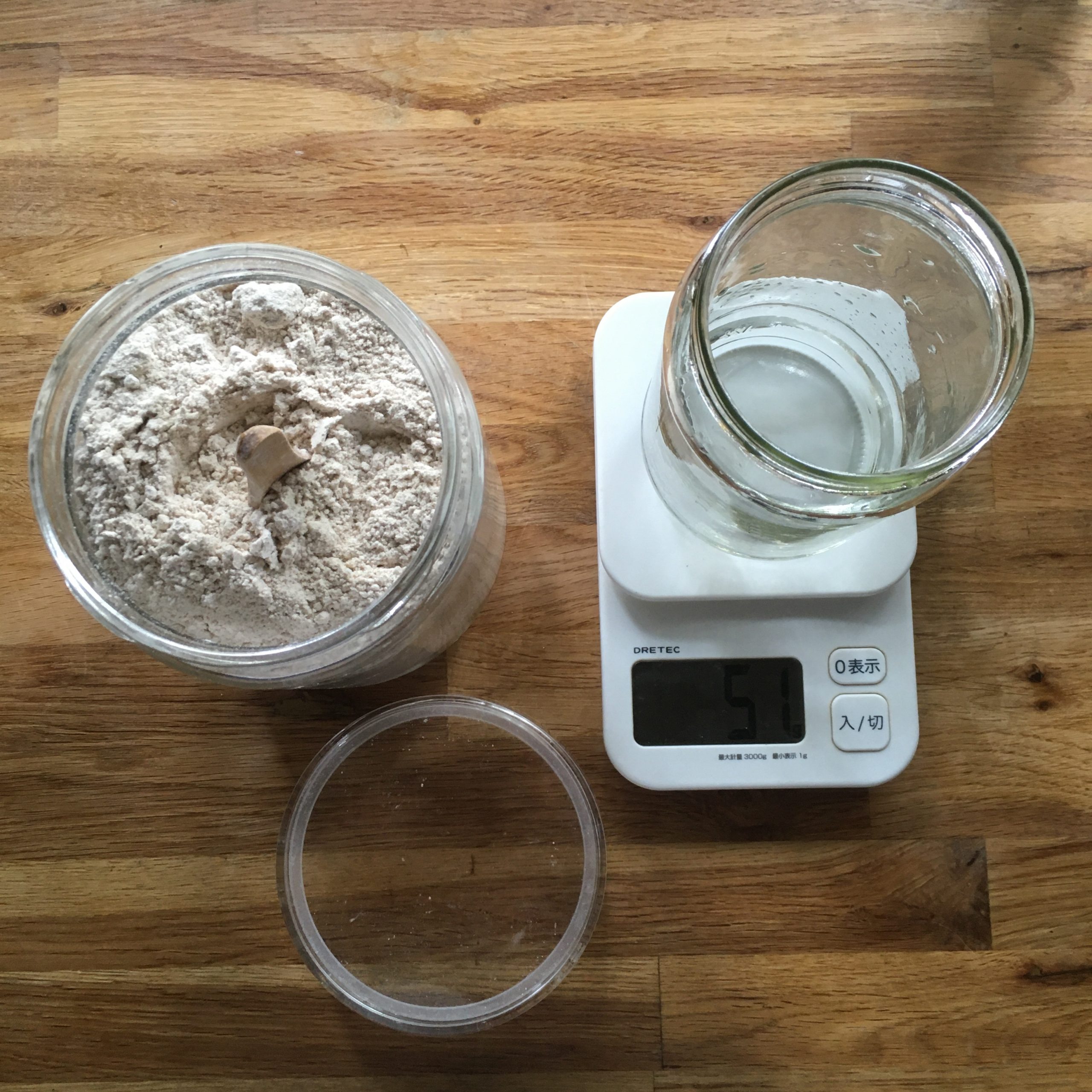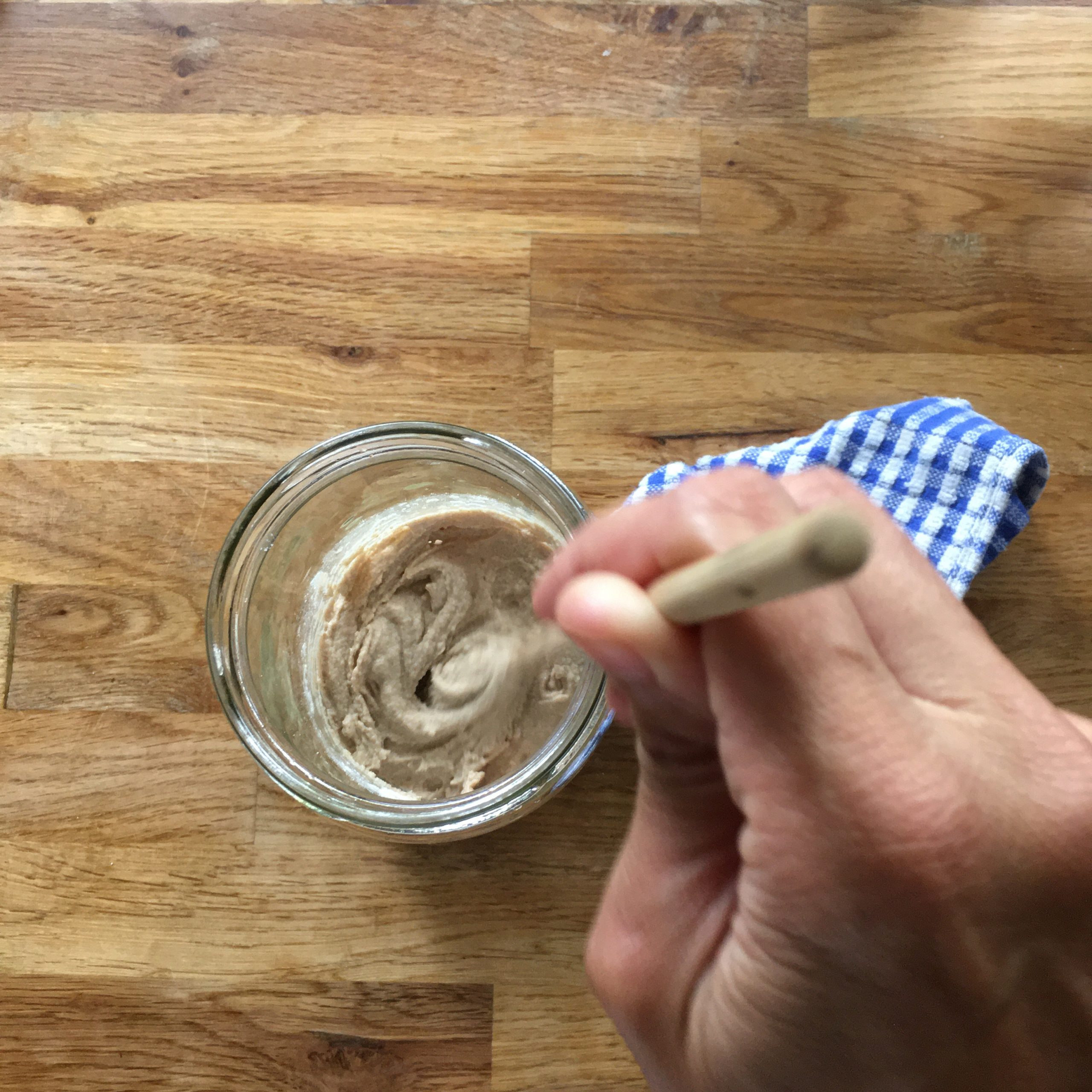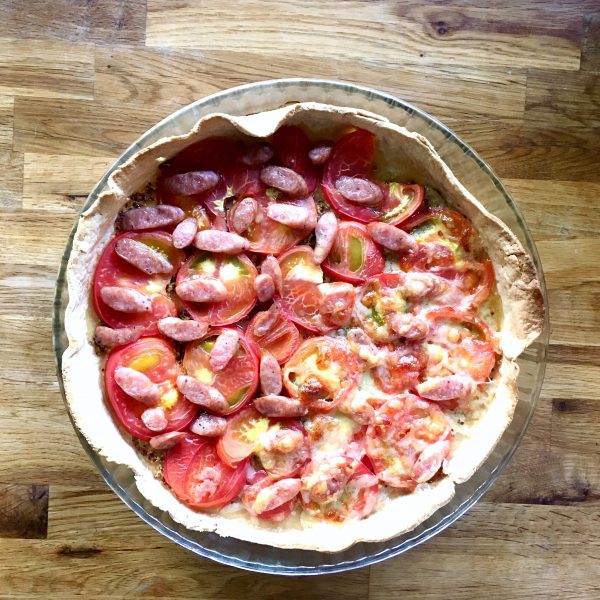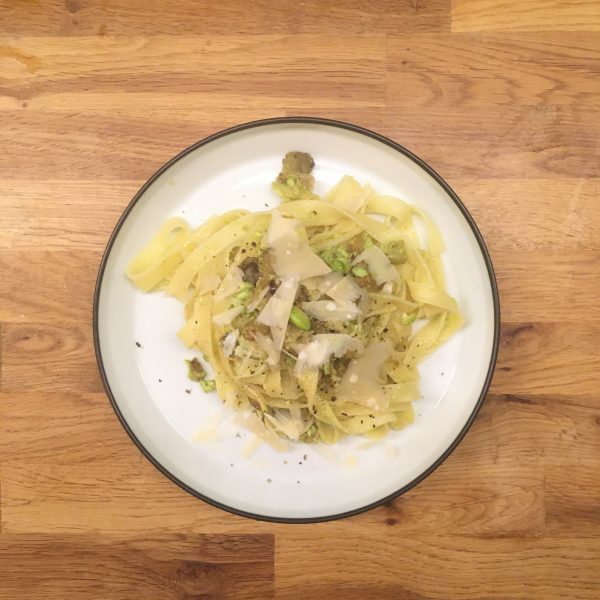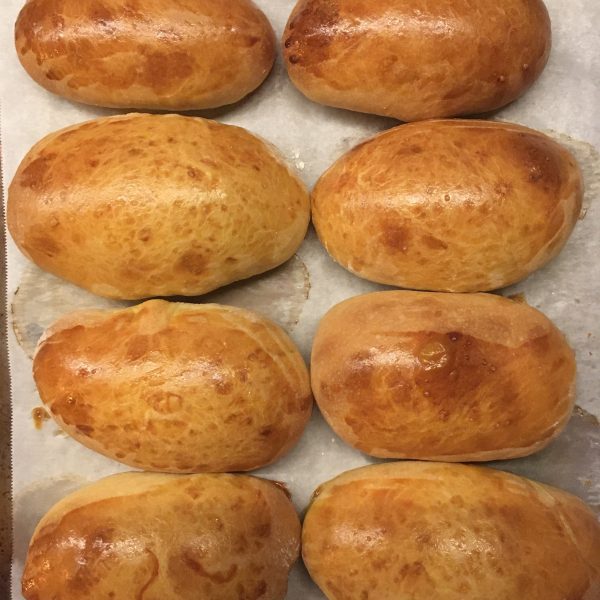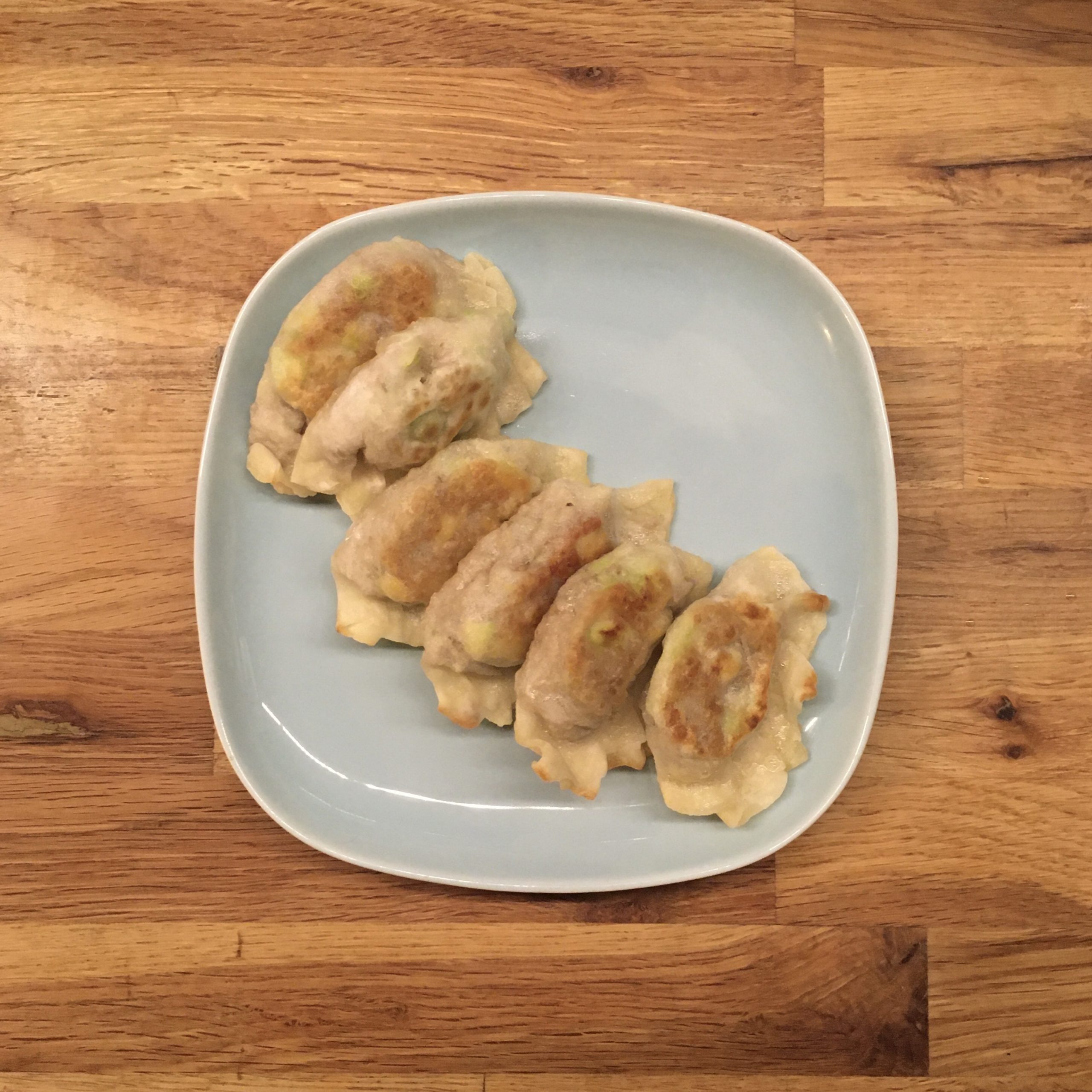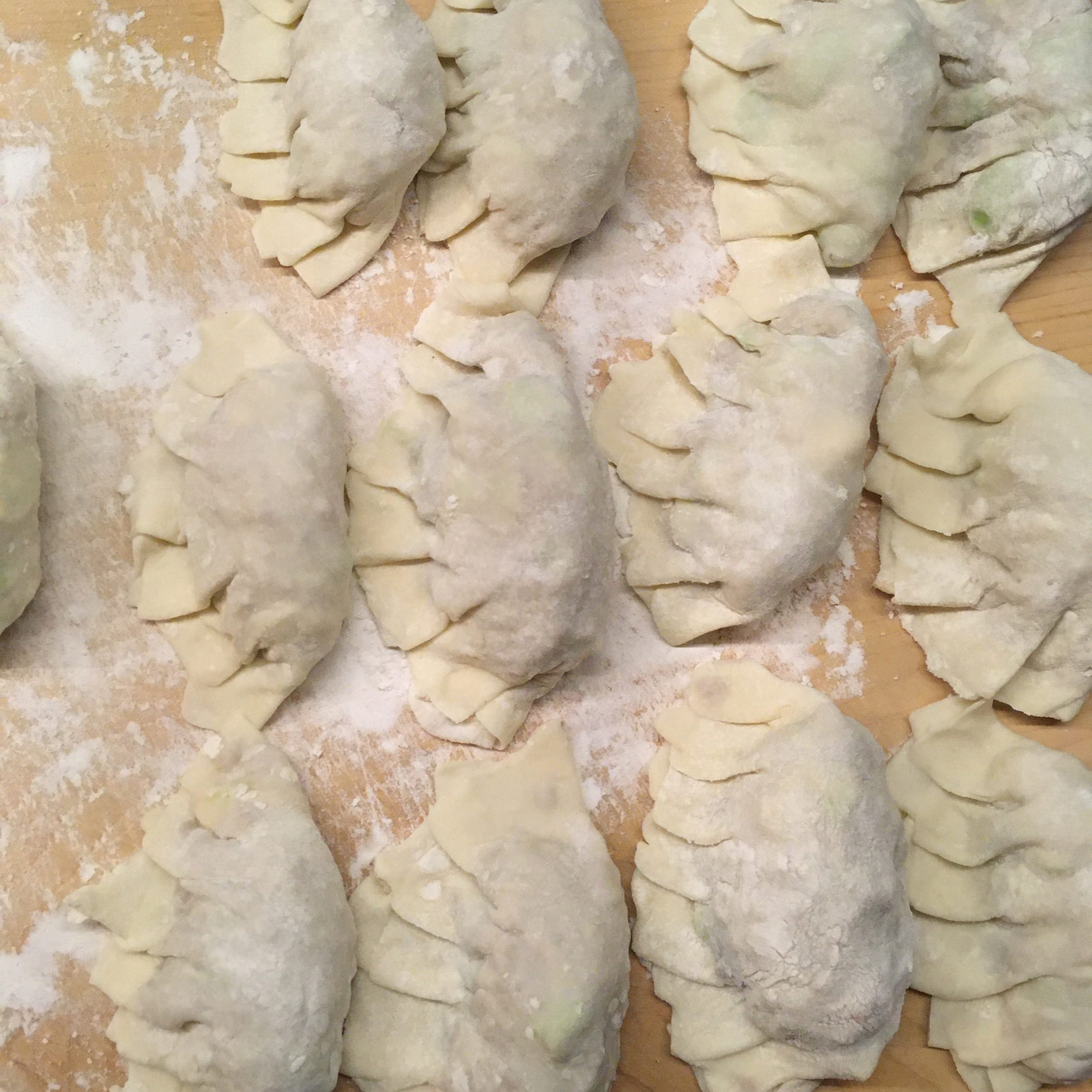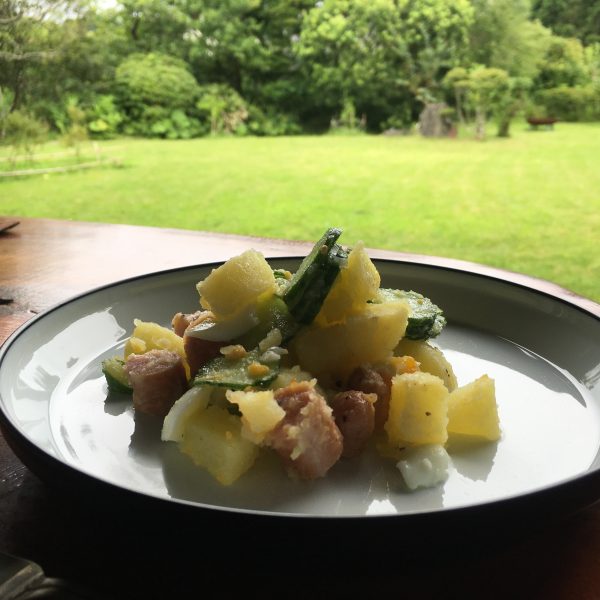There is more than one ingredient in Japanese cuisine that is intriguing, konyaku, fu and koyadofu are some of them. So let’s talk about koyadofu this time…
Koyadofu 高野豆腐 or freeze-dried tofu is a product that has been used in temple vegan cuisine and for traveling warriors for about 500 years. It is a way to preserve tofu for long times in a compact way, and very rich nutritionally. Indeed koyadofu is packed with proteins and fat. It’s a kind of space food in a sense, or one of its ancestors. To be honest, at first koyadofu doesn’t look like an attractive food: it is truly like a very thin sponge, and usually served soaked after simmering or in some kind of bouillon. For those that find tofu insipid, and I know many may think so, they should probably pass on Koyadofu because taste is even thiner and lighter. However, when well prepared it is a very nice ingredient to use and it adds an interesting texture to dishes. Most recipes of koyadofu will be found in buddhist and macrobiotic cookbooks. I find my inspiration from my two favorite of the kind: “good food from a Japanese temple” and “玄米と野菜のワンプレートごはん”. And the recipe I present today is inspired by both, it’s a curry with seasonal vegetables koyadofu served with brown rice. It is really simple and delicious.
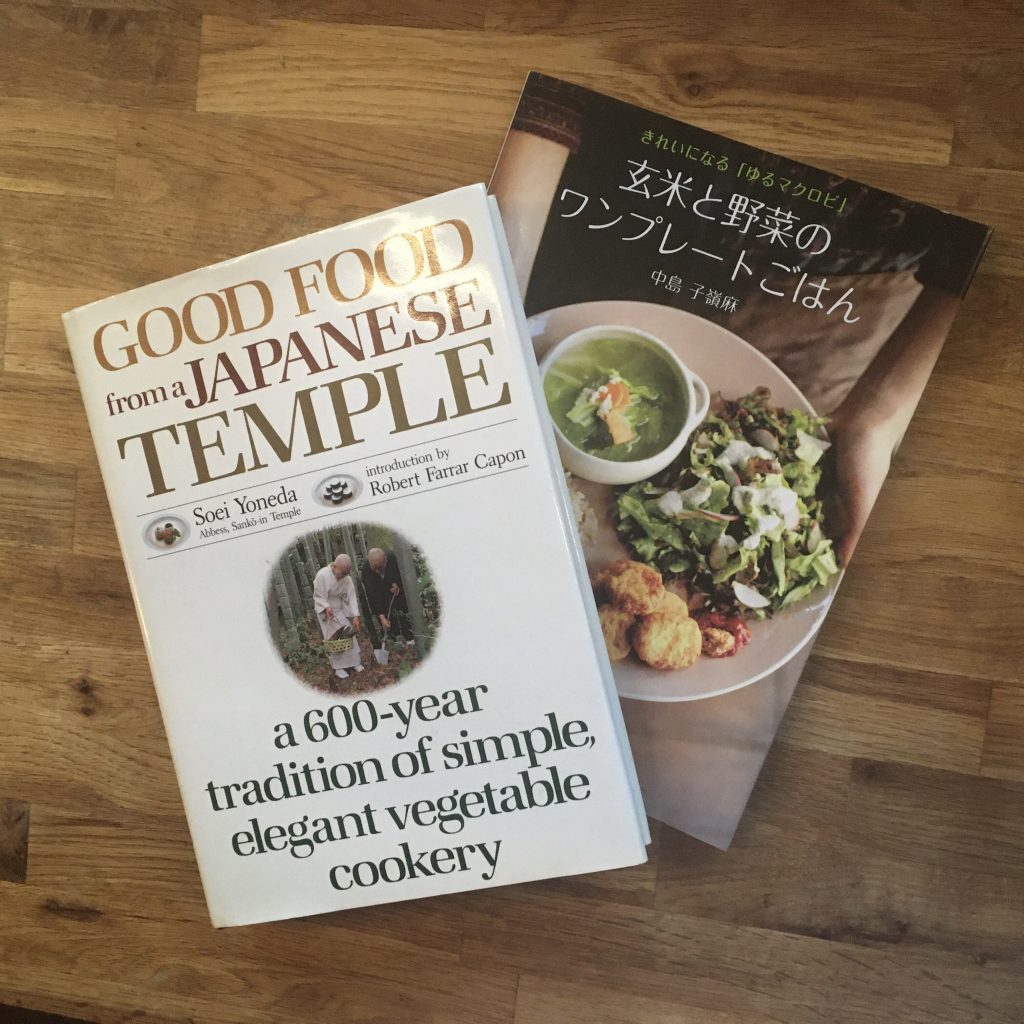
Koyadofu curry-rice (serves 2)
- 1 cup of brown rice, cooked
- 6 blocks (2cmx2cm) of koyadofu or one large
- seasonal vegetables of your choice: carrot, potatoes, butternut squash, tomatoes
- a handful of peanuts (it’s a seasonal and local product in Isumi, so I used fresh ones simply boiled)
- 1tsp of curry powder
- 1tsp of ground coriander
- 1tsp of ground turmeric
- 1tsp of cumin seeds (carvi seeds or anis seeds can work…)
- 1 pinch of ground red pepper
- 1 pinch of salt
- 1tsp of cooking oil of your choice
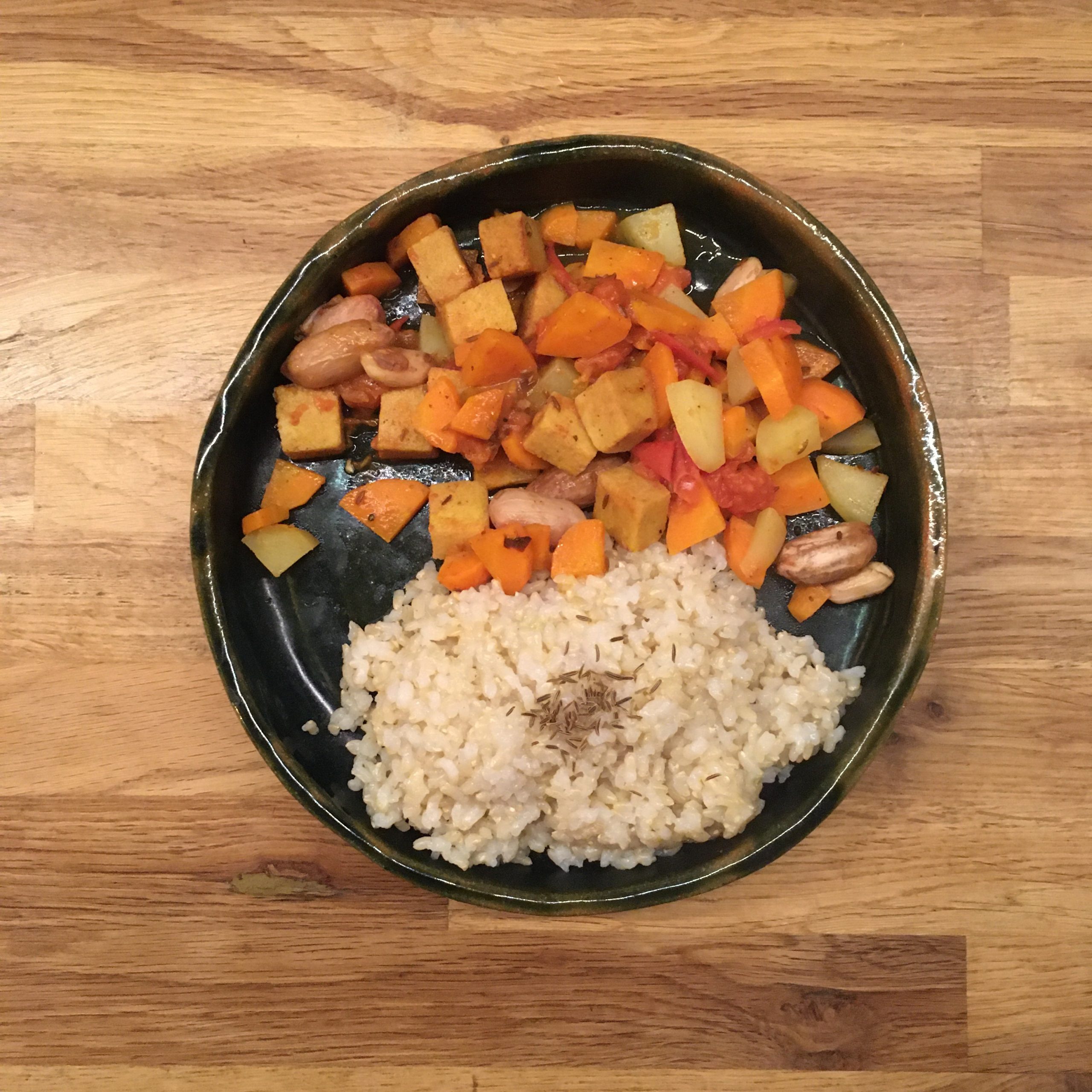
Koyadofu always needs to be returned to a moist status. So put the blocks in tepid water for 5min, then drain by squeezing gently, and rinse/squeeze under running water until the water turns clear. It’s basically like washing a sponge… now it’s ready to use.
Peel, wash, cut the vegetables. In large pan or wok greased with cooking oil, toss the vegetables in order of cooking time. And stir once in a while. Add the koyadofu. Stir. Then cover with water, add all the spices, and the peanuts. Cook at low heat until the liquid is almost gone, by then the vegetables should be just cooked. You don’t want to overcook them, to keep an interesting mix of texture. You can serve with the brown rice and enjoy!!!
Have a good day!

